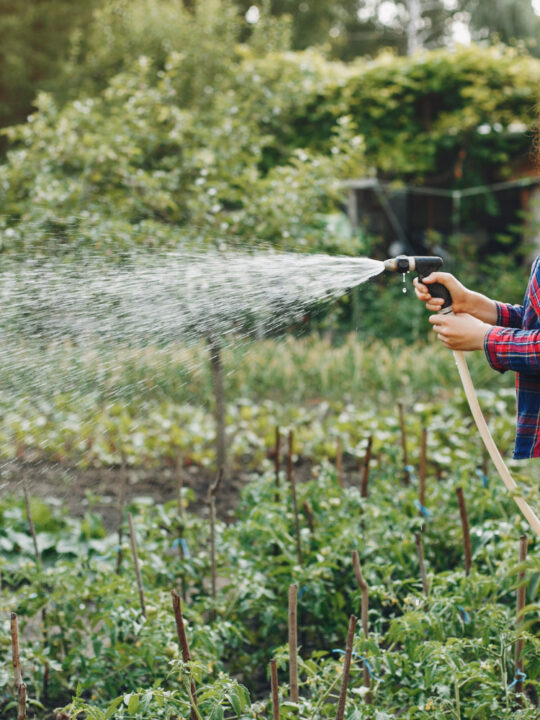 The sun is starting to push its way through the clouds, meaning that it’s time to get our gardens ready for the summer activities that lie ahead. It’s not as simple as dragging the BBQ from the shed and giving your garden furniture a wipe down, it’s something that requires preparation and thought. It can be tempting to take the easy way out and bask in the sun as soon as possible but taking the necessary steps to prep your garden for summer will make it much easier to enjoy everything the sunshine has to offer.
The sun is starting to push its way through the clouds, meaning that it’s time to get our gardens ready for the summer activities that lie ahead. It’s not as simple as dragging the BBQ from the shed and giving your garden furniture a wipe down, it’s something that requires preparation and thought. It can be tempting to take the easy way out and bask in the sun as soon as possible but taking the necessary steps to prep your garden for summer will make it much easier to enjoy everything the sunshine has to offer.
Table of Contents
Maintaining the Lawn
Your lawn is the make-or-break factor of your garden’s aesthetic, making it an imperative step in getting your garden summer ready. Whether you contact some artificial grass installers or get seeding, watering, and mowing your natural lawn, you need to ensure that it’s in tip-top condition before you can achieve that perfect summer garden. During the summer, lawns can become dry and brown due to dehydration, and this isn’t what you’re looking for when creating the perfect outdoor summer atmosphere. As a result, lawn maintenance is important; otherwise, you run the risk of a damaged-looking space.
Cleaning Out the Shed
We’re all guilty of a cluttered shed, especially during the winter months, when it’s not as needed. Despite this, cleaning out and organizing your shed will make your life a whole lot easier during the summer. This way, you won’t be aimlessly searching for tools and equipment, and it won’t feel as stuffy inside. During summer, the heat can be unbearable, never mind when spending time in a cramped and cluttered space. Therefore, creating a fresh and breathable storage space will make it much easier to get your garden summer ready.
Weeding
Perhaps one of the most unpopular garden jobs is weeding; however, it’s one that must be done. The best way to make weeding bearable is by keeping on top of it as much as possible. Whenever a weed rears its ugly head, get the gloves out and pull it almost immediately. Alternatively, you can get hold of weed killers, especially designed for the purpose; however, if you’re conscious about your environmental impact, you should make sure you assess what you’re using. Some weed killers can also be harmful to animals, including pets, so make sure what you’re using isn’t going to harm any of your four-legged family members.
Treating the Fence
 Your fence is the border of your garden, meaning it plays a big role in setting the tone for your garden. If your fence is broken and dingy, your garden will ultimately feel this way. On the other hand, if your garden is well-kempt and painted then your garden will feel like a positive space. Whether you touch up the paint that was pre-existing or you add a color that is completely new and fresh, your garden is sure to reap the benefits of a revitalized fence. In order to protect your fence from the sun, you might add a layer of creosote, which will provide you with an extra protective shield.
Your fence is the border of your garden, meaning it plays a big role in setting the tone for your garden. If your fence is broken and dingy, your garden will ultimately feel this way. On the other hand, if your garden is well-kempt and painted then your garden will feel like a positive space. Whether you touch up the paint that was pre-existing or you add a color that is completely new and fresh, your garden is sure to reap the benefits of a revitalized fence. In order to protect your fence from the sun, you might add a layer of creosote, which will provide you with an extra protective shield.
Cleaning the Furniture
Everyone is guilty of leaving their garden furniture outside during the winter months, which can lead to damage from the likes of rainwater and wind. Despite this, sometimes all your garden furniture needs is a good scrub to bring it back to life. Any fabric components such as cushion covers can usually be thrown in the washing machine to rid them of any stains. For plastic or wood, some soapy water might be just enough to do the trick.







